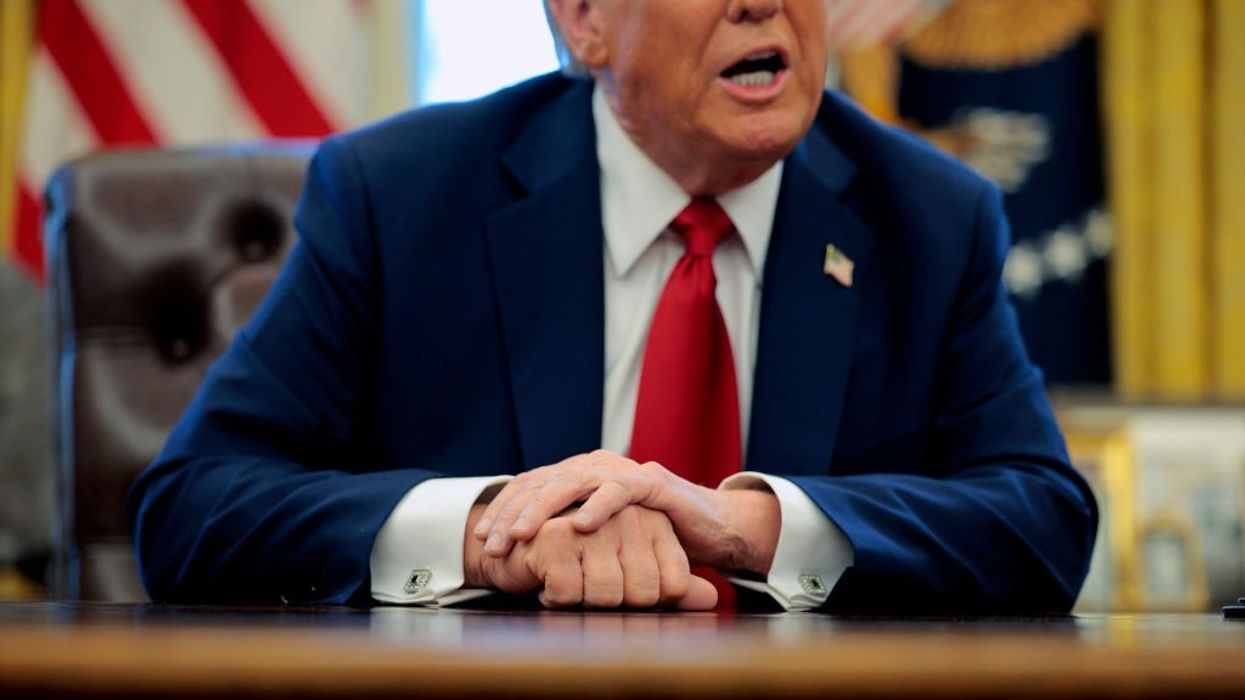Nvidia, now the largest corporation in the world, just received the green light from the Trump administration to resume sales of its H20 AI chips to China—marking a dramatic reversal from April’s export restrictions.
The H20 Chip and Its Limits
The H20 is a scaled-down version of Nvidia’s top-tier AI chips, specifically engineered to comply with U.S. export controls. It’s powerful enough to handle AI “inference” tasks but falls short of the benchmarks used to train cutting-edge models—making it legally exportable.
Policy Flip
In April, the administration clamped down, requiring special licenses for H20 exports over fears that even these reduced-performance chips might be leveraged for strategic military or surveillance purposes. Nvidia warned that the move could cost billions. Then came intensive lobbying efforts—including a high-profile dinner between Nvidia CEO Jensen Huang and President Trump at Mar-a-Lago. By July, the administration reversed course. Nvidia began filing applications to resume shipments with confidence that licenses would be granted.
Strategic Importance
China represents a substantial share of global demand for AI chips. This policy reversal carries enormous implications not only for Nvidia but for the broader question of technological rivalry and national security. As Huang put it, “Half the world’s AI researchers are in China”—making it clear that U.S. companies cannot afford to be absent from such a vital and dynamic market. The move could reshape the global AI supply chain and ease tensions in an intensifying semiconductor trade war.
The Reversal Rationale
At its core, this shift illustrates a tension between national security imperatives and economic priorities—and for now, economics appears to have won.
- In April, the administration invoked national security concerns, fearing that H20 chips could empower Chinese supercomputers or frontier models like DeepSeek R12.
- Commerce Secretary Howard Lutnick summed it up sharply: “Of course they want them. And of course we said ‘absolutely not.’”
- Concerns also emerged around potential smuggling and third-party transshipment.
By July, the landscape shifted. Nvidia’s pledge to invest $500 billion in domestic AI infrastructure may have helped reframe the company as a strategic asset rather than a liability in the administration’s eyes.
A Delicate Balancing Act
This pivot reflects deeper fault lines in U.S. tech policy. On one side, national security hawks push for rigid restrictions to blunt China's AI momentum. On the other side, industry leaders warn that overregulation risks isolating American firms and ceding global influence. The chips didn’t change—but the political calculus did. The administration is betting that economic leverage and domestic investment can coexist with strategic caution. Skeptics, though, see only a temporary détente.
Rare Earths: The Hidden Chess Piece
Behind the scenes, China’s rare earth diplomacy may have helped tip the scales.
- Beijing recently relaxed export controls on these critical materials, essential for semiconductors, EVs, and military tech.
- This softening coincided with the U.S. lifting restrictions on chip design software and allowing Nvidia to resume H20 sales.
It’s difficult to prove direct causality, but the timing suggests a mutual de-escalation. Washington likely viewed China’s flexibility as an opening to stabilize supply chains and avoid driving Beijing toward self-sufficiency or alternative suppliers like Russia. Even Huang emphasized the importance of preserving U.S. influence in China’s AI ecosystem—an objective threatened by rising trade barriers.
Looking Ahead
While nothing is conclusive, it’s clear that rare earth policy is part of the larger chessboard—a subtle but significant backdrop to Nvidia’s reentry. What comes next—whether related to tariffs, TikTok, or the broader balance of power between the world’s two largest economies—is almost certain to reshape the global tech landscape.
Stay tuned.
David Nevins is co-publisher of The Fulcrum and co-founder and board chairman of the Bridge Alliance Education Fund.




















